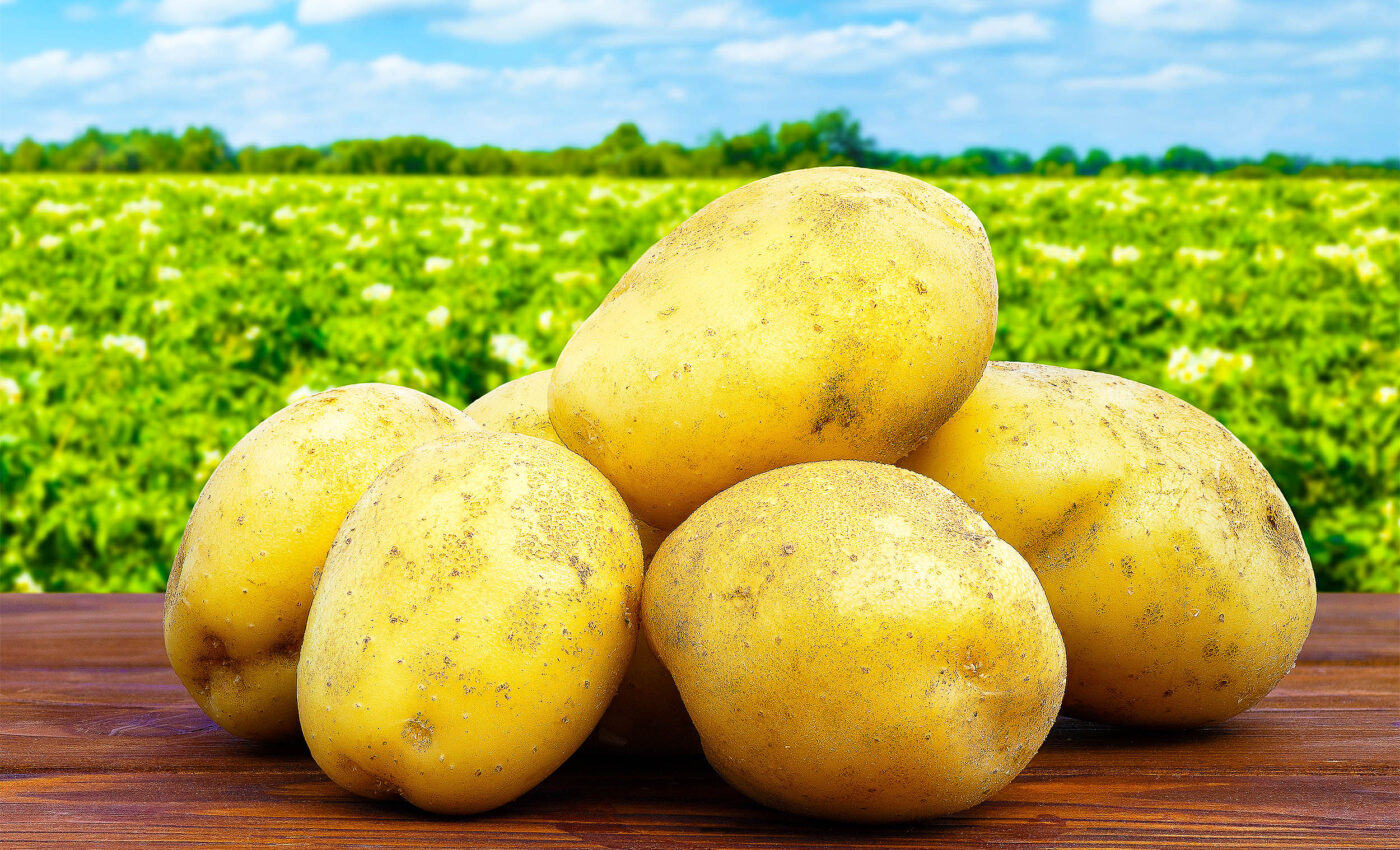
Potato-threatening pathogens discovered that could harm potato chip production
Researchers at Penn State have identified new strains of bacterial pathogens in Pennsylvania that threaten the state’s potato crops, which are crucial to its snack industry.
These pathogens are capable of causing devastating diseases like blackleg and soft rot, leading to potential crop losses.
Pennsylvania is known for its leading snack companies like Martin’s Potato Chips, Utz, and Snyder’s of Hanover. The state highly values its potato production.
Focus of the study
The researchers embarked on a study after observing symptoms of blackleg and soft rot in potato fields across Pennsylvania. These symptoms include wilting, stunting, black lesions, and rotting tubers.
In their investigation, the team collected samples from 26 potato fields showing these distressing signs.
Startling results
The team isolated, cultured, and identified 456 samples of bacteria. This included six species of Pectobacterium and one strain of Dickeya, which were previously unreported in Pennsylvania.
Alarmingly, one of the Pectobacterium species had never been seen in the United States before.
Critical insights
Study co-author Professor Carolee Bull said the findings could inform methods for detecting and quantifying the potato pathogens causing blackleg and soft rot in Pennsylvania and beyond.
“In addition to surveillance, these insights could also help us better understand disease epidemiology,” said Professor Bull. “For example, the pathogens may have different optimum temperatures for growing or for producing these symptoms in the potatoes. So, the severity of the disease may change depending on different climate conditions.”
Recent crop losses
The research comes in the wake of significant crop losses in other northeastern states like Maine and New York, attributed to similar pathogens.
These losses have reignited interest in monitoring not only known pathogens but also those not yet reported in the U.S. such as Dickeya solani. This particular pathogen is known for causing severe disease outbreaks in Europe.
Identifying the pathogens
“The losses in the Maine potato industry, as well as the importance of the potato industry here in Pennsylvania and to the potato chip industry, necessitated that we determine what pathogens may be causing these outbreaks,” said Professor Bull.
“We were worried that new pathogens had entered the U.S., including the very devastating Dickeya solani.”
Professor Bull noted that growers will benefit from the analysis by knowing which organisms were found on which potato varieties.
Broader implications
The study’s findings are crucial for Pennsylvania’s potato industry and the broader U.S. agricultural sector.
The detection of pathogens like P. actinidiae, P. polonicum, P. polaris, P. punjabense, P. parmentieri, and P. versatile, and particularly the first-time reporting of P. actinidiae in the U.S., marks a significant milestone in plant pathology.
The identification of these bacteria is a vital step in developing effective management and control strategies, which are essential for protecting potato crop yields.
The researchers said they will continue their work by testing the effects of these pathogens on potatoes, developing surveillance tools for each of the pathogens, and evaluating the need for new management practices.
The research was supported by the United States Department of Agriculture and the USDA National Institute of Food and Agriculture.
The study is published in the journal Systematic and Applied Microbiology.
Like what you read? Subscribe to our newsletter for engaging articles, exclusive content, and the latest updates.
—-
Check us out on EarthSnap, a free app brought to you by Eric Ralls and Earth.com.












